Our driving question is: "What do you need to know to be able to go to China?" Students will be determining the supplementary vocabulary needed to prepare for such a trip -- everything from asking how to get directions to a train station to commenting on a painting at a museum -- and then using the vocabulary to design and make several products including a three-dimensional interactive diorama and a guide book to present later.
During the first two classes, students researched famous landmarks and interesting places to visit using books from our library and a local public library as well as Internet resources. They created a list of facts about the locations and began to craft an 11-day itinerary that is personally meaningful to them. Each group will be presenting their versions of the itinerary soon and we will be combining ideas to create an ideal trip. Stay tuned for more!
— Tatian Greenleaf
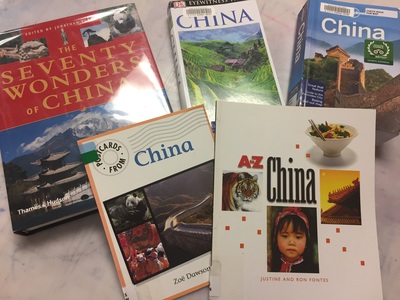
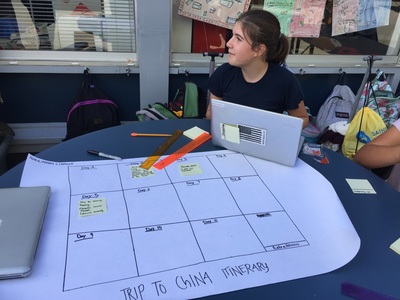
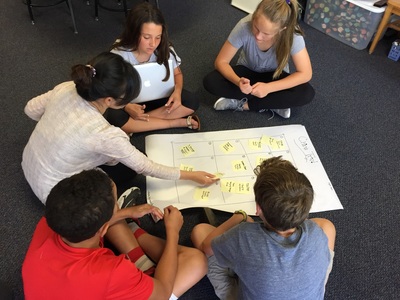
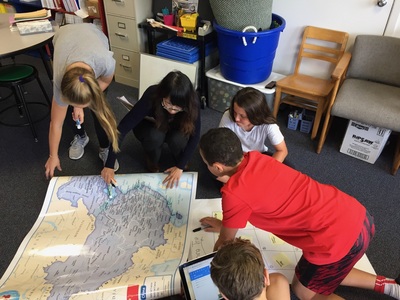
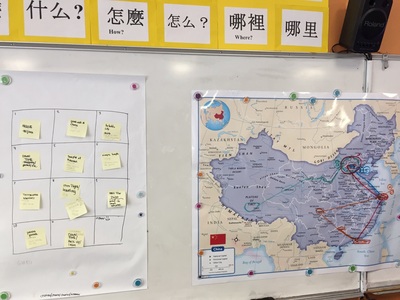
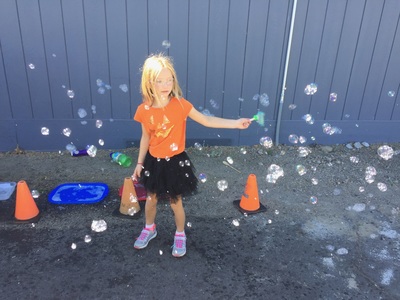
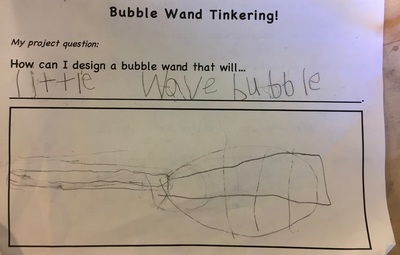
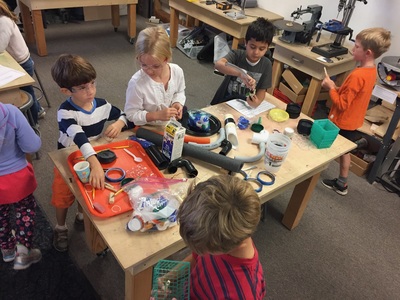
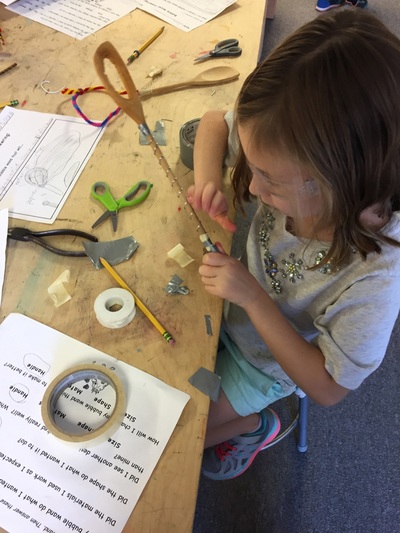
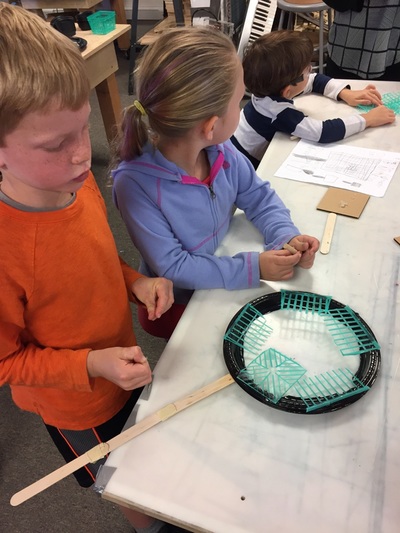
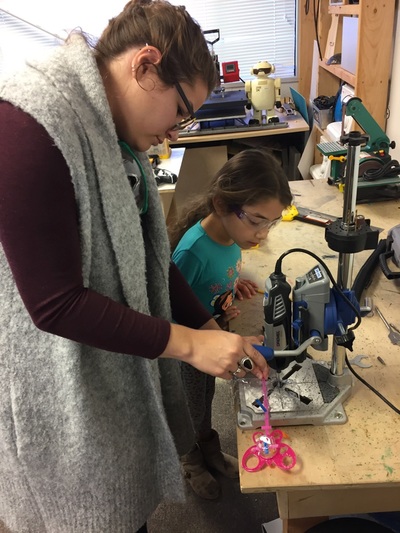
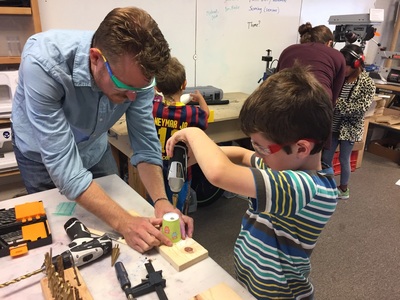
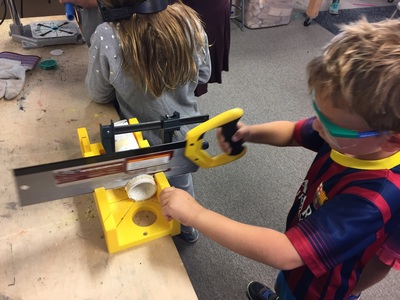
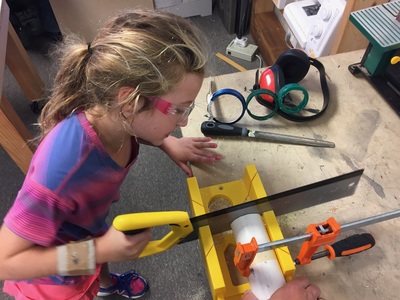
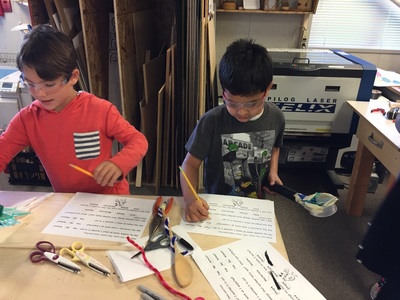
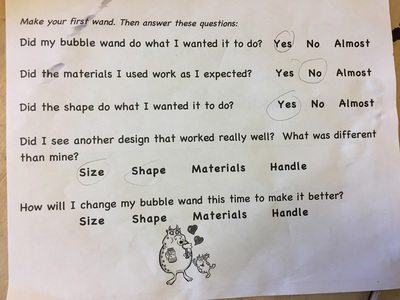
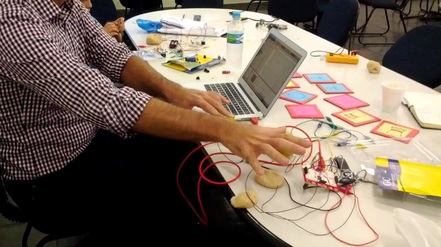

 RSS Feed
RSS Feed
